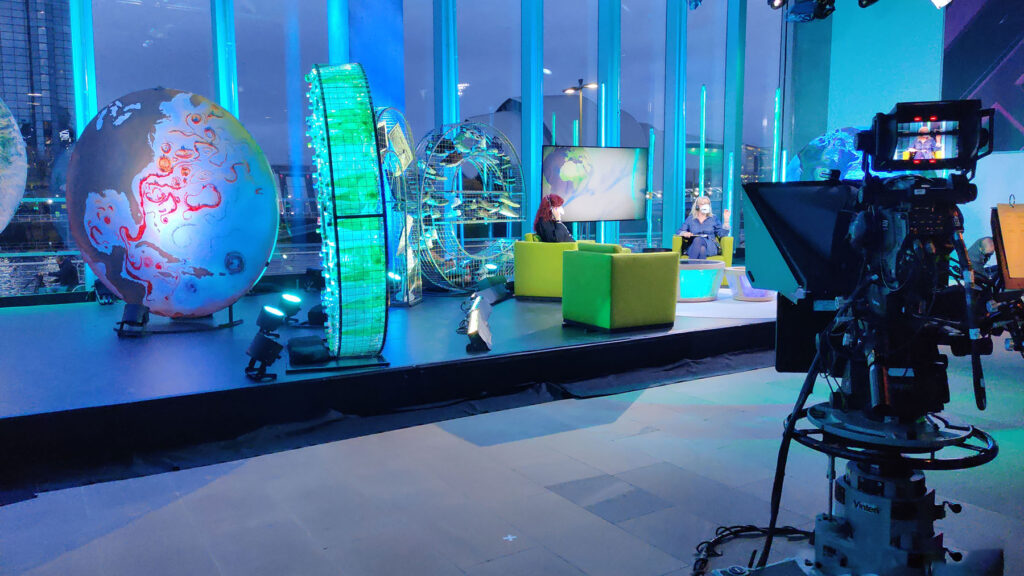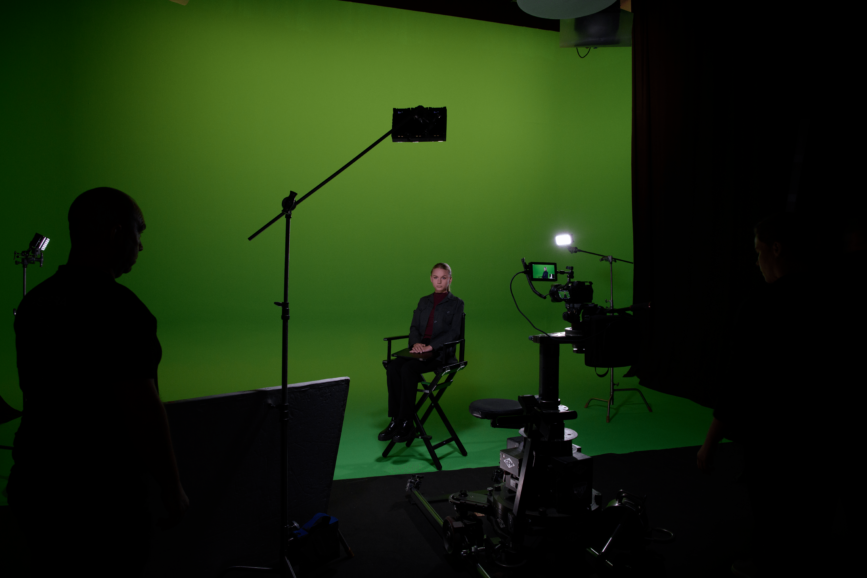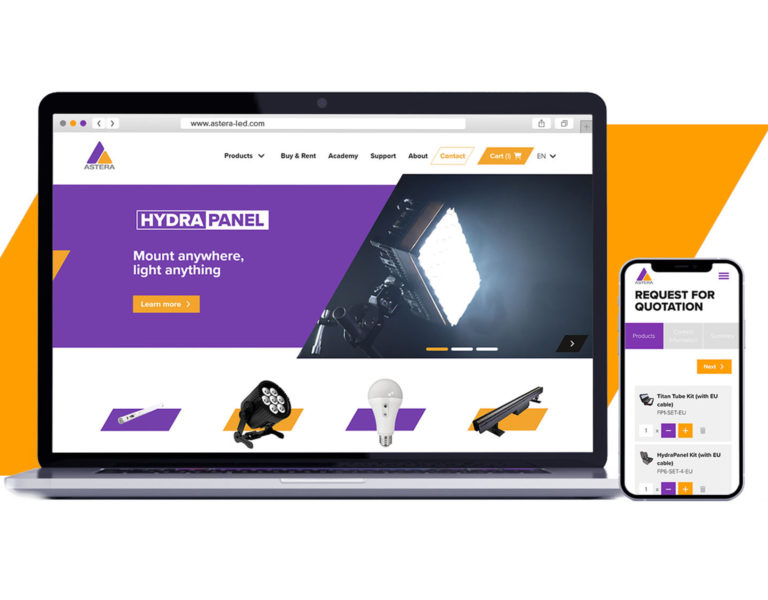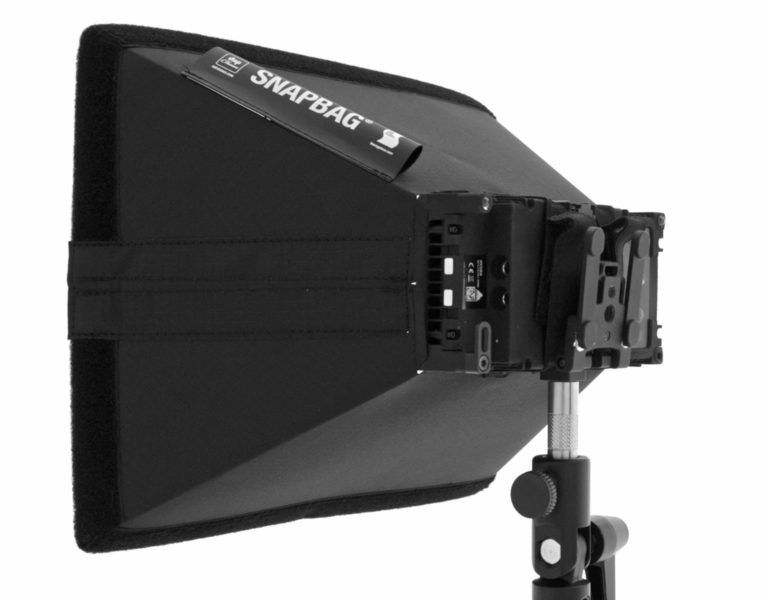WIRELESS WONDER
Armed with a standout LED product, Astera carved a niche for itself in the crowded lighting market.
Off the back of its latest launch, the company reveals how its international fusion of German engineering expertise and Chinese production values have set it on the path for success. Think of Astera and its BSC Award-winning Titan Tube instantly springs to mind. While Astera’s wireless LED technology may now be a staple of the gaffer’s toolkit, newcomers to the industry may be surprised to learn that the brand hasn’t been the golden child of film lighting for long. Its story is one of innovation, flexibility – and, indeed, coincidence.
“We only really joined the film industry four years ago,” explains Astera’s sales director, Sebastian Bückle. Bückle is speaking from Astera’s Munich HQ, having returned to Germany after a stint working from the firm’s Chinese base. “We were in the events industry and had this one product, an LED tube, that filmmakers started to use – it’s a nice, soft light.
“We also had this control system, where you could use a mobile phone app to trigger some effects which move along the tube from left to right. You could mimic some real-life effects with it, like a police car. Put the tube on red and blue outside your window, and it would look like there is a police car parked out there.”
Thanks to blogs and industry chatter, it didn’t take long for filmmakers to wise up to the tube’s benefits. Being wireless, it offered a level of flexibility that hadn’t really been seen before, and the high CRI and TLCI characteristics were a bonus. Astera set to work improving the tube for its unexpected new customer base, and after adding new features and developing the colours even further, the Titan of today was born. Years later, the tube family remains popular and comes in three different sizes: the original 1m-long Titan, the 0.5m Helios and 2m Hyperion.

Meeting of minds
When German entrepreneur Norbert Ernst founded Astera in 2007, the film industry didn’t figure in his original plan: the initial focus was OEM LED lighting until 2010. One thing that has always been at the heart of the business, however, is the firm’s Shenzhen production base.
Ernst had long seen the advantages of basing production in China; the first time he went there to outsource production, however, his products ended up being copied and offered to his own customers for less. A different approach was needed, he realised, so he set up Astera’s dedicated factory and office, cultivating an engaged local workforce thanks to good rates of pay and working conditions. Along with his Chinese employees, Ernst also works out of Shenzhen with a 20-strong international team.
Thousands of miles away in Munich sits the core engineering, international sales and marketing, after sales, service, and development departments. R&D is a key tenet of the company and contributed to their winning the Bert Easey Technical Award at the BSC Awards in February 2022. At the Awards, the Titan was praised for its “mastery of LED technology, technical perfection and quality of light output”.
“It meant a lot,” says Bückle, “especially to our R&D people. I think it was really well deserved because we have some technologies that are just that bit further than what other companies do – and that’s really what we stand for.”

Shifting its focus
Although event lighting remains a core part of Astera’s output, over half of its customer base are now from the film and TV production sectors. The exact figures can vary per country – events are still very strong for the brand in Germany, for example, while in India, the Bollywood boom means they have an excellent turnover in the film industry but not so much in events.
Astera’s commitment to its filmmaking clientele is clear in how the team uses feedback from cinematographers and gaffers to shape its offerings. Working with a handful of close contacts who are based high-up in Hollywood, Bückle notes, has helped tailor their range of products to crews’ needs over the years.
Events such as IBC, Camerimage and CineGear are Astera’s lifeblood, offering prime opportunities for the brand to meet the industry. Sometimes, the team will even fly to London for the day with samples to showcase them in person to select clients. This proved tricky over the pandemic, says Bückle: “These bits are hard to do over the webcam – we should really sit next to these people for a couple of hours with the light, and there should be output coming out of the lights so that they can really play around with it. This helps a lot.”
This year’s most exciting launch for cinematographers is the HydraPanel, Astera’s first foray into lighting panels. The 17W LED fixture weighs just 604g and can act as a key or fill light, or even as a practical. It is set to be part of a series, Bückle is excited to reveal. “It’s a small panel,” he says. “When people think of panels, they think of ARRI’s SkyPanels – very large and powerful – but it’s not really our style to do this big and powerful light. We do the small, mobile, smarter lights which don’t have the punch, but you can use them for more things.”
Despite coming into the industry as the “underdogs”, as Bückle describes them, things have changed beyond imagination for Astera in just four years. “I only realised this a year or so ago, but it seems Astera is just present at every Hollywood production out there,” he admits. “They always have our stuff because there is no comparable product. It’s not that we have crazy amounts, but it’s the one thing that every gaffer would put into his stand that he brings along.”
It’s the perfect example of the quality over quantity ethos that Astera exemplifies.
















